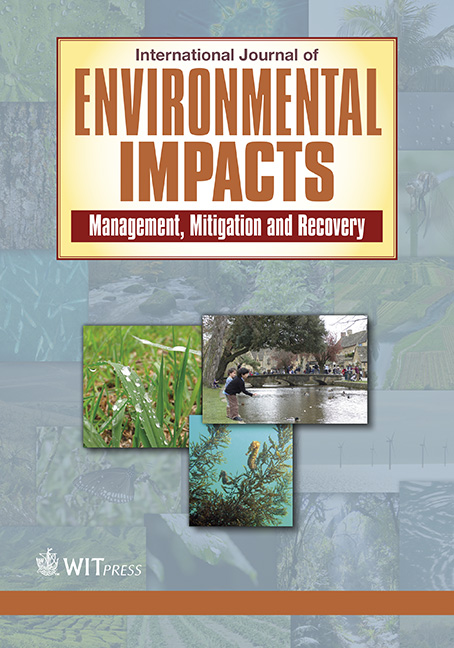Baseline white sucker health and reproductive endpoints for use in assessment of further development in the Alberta Oil Sands
Price
Free (open access)
Volume
Volume 3 (2020), Issue 3
Pages
18
Page Range
219 - 237
Paper DOI
10.2495/EI-V3-N3-219-237
Copyright
WIT Press
Author(s)
Mark E. Mcmaster, Gerald R. Tetreault, Thomas Clark, Jim Bennett, Jessie Cunningham, Erin J. Ussery and Marlene Evans
Abstract
Adult fish health surveys are part of Canada’s Environmental Effects Monitoring (EEM) programs for both metal mining and pulp and paper sectors under Canada’s Fisheries Act. Similar protocols are used within the Joint Oil Sands Monitoring (JOSM) plan to develop baseline health for fish populations within the lower Athabasca River, Fort McMurray. Results reported here focus on the health of white sucker at five sites including upstream reference sites outside of the oil sands formation, a site within the formation upstream of oil sands industrial activity, and sites within the formation downstream of oil sands development. The objective here was to provide baseline data addressing questions regarding fish health based on site location. Additionally, an assessment of reproductive function (circulating steroid levels, secondary sex characteristics, gonad size and total fecundity) was conducted. To accumulate a strong baseline of fish health at the five sites, fish were collected for three consecutive years (2011–2013). Consistent changes in the health of white suckers within the formation itself were demonstrated with increased change documented downstream of oil sands development (2011–2012). Fish within the formation and downstream of oil sands development had increased condition factor and increased levels of internal fat stores relative to fish upstream of the oil sands area, changes confirmed in our 2012 collections. Ethoxyresorufin-O-deethylase activity in the liver was induced in fish within the formation with some increases downstream of oil sands development indicating increased exposure to inducing compounds, such as polycyclic aromatic compounds. Reproductive endpoints were not consistently al- tered in fish collected within the formation or downstream of oil sands development. Follow-up studies in 2013 identified potential improvements in fish health both within the formation and downstream of oil sands development. With a strong baseline of fish health presented here, the program will use critical effects sizes to monitor future fish health.
Keywords
environmental effects monitoring, EROD, fish health, growth, oil sands, reproduction and survival.




